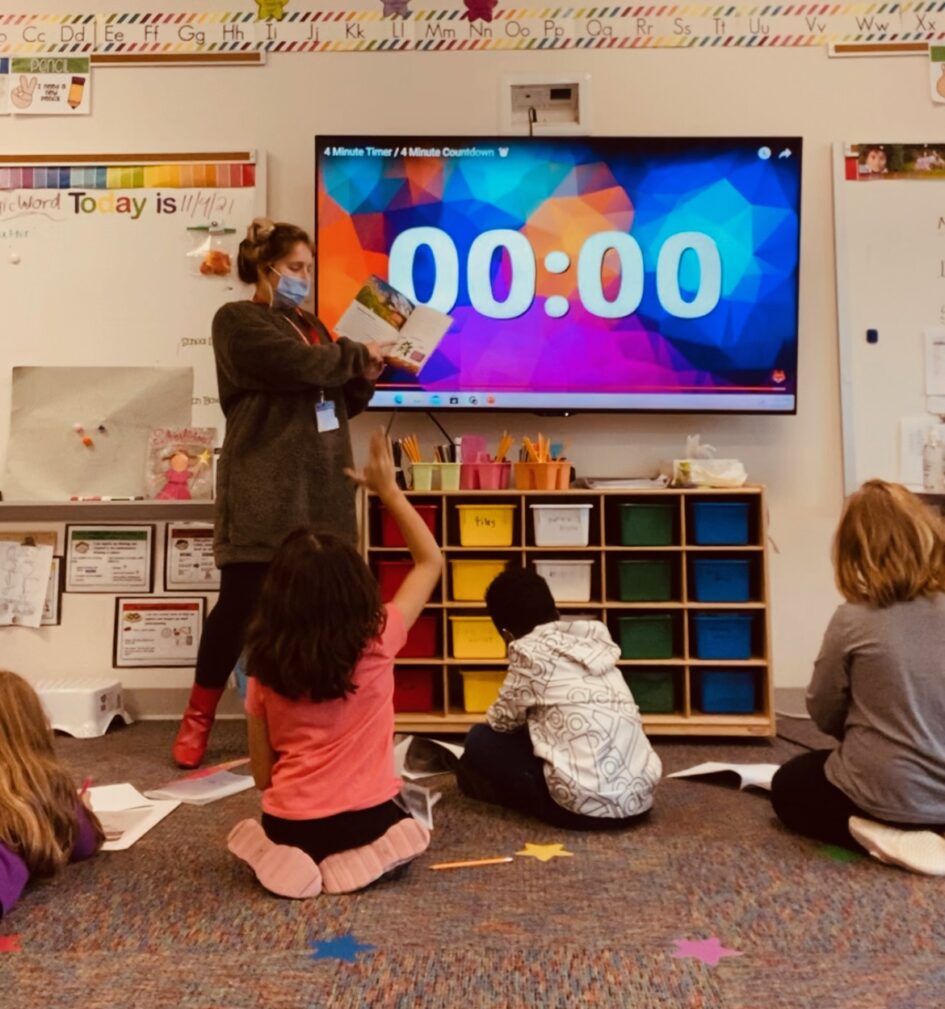During the 2021 fall semester of my coursework, I have focused heavily on learning about the power of effective lesson planning, and especially the importance of planning for student engagement. In order for students to be meaningfully engaged in their own learning, teachers have to focus on setting up a lesson that supports a gradual release of responsibility from the teacher to the students. Many educators refer to this model instruction as the “I do, We do, You do” model. Teachers strive for that perfect lesson plan and once we feel good about our plan the question is: “Now what?” or “How do I take my lesson plan and turn it into meaningful instruction?” I have created several lesson plans this semester and I have put them into action to find that there is one very important strategy that I will ALWAYS rely on in my own classroom and that is modeling.
Teacher modeling is the key to student learning!
Model, model, and model some more! I have learned that teachers need to provide clear examples on how students should master a skill or strategy. Giving students a task or asking them to complete it without modeling it first may set some students up for a difficult learning experience and they may not feel confident to continue through the learning process. Students need to have concepts clearly described to them, and then the teacher needs to model the concept for the students through a number of instructional techniques-visual aids, auditory, tactile and kinesthetic manipulatives. In the future, when I plan lessons, I will always ask myself if I have provided ample amounts of modeling for students. Finally, I have learned that we cannot assume that students know how to perform a particular task simply because it was a concept that they should have already been exposed to. In a 2013 Edutopia article, Karen Lea identifies five key elements to modeling for students. As an aspiring educator, I will always try to remember the importance of these elements when I am planning for lessons that result in high levels of student engagement.
